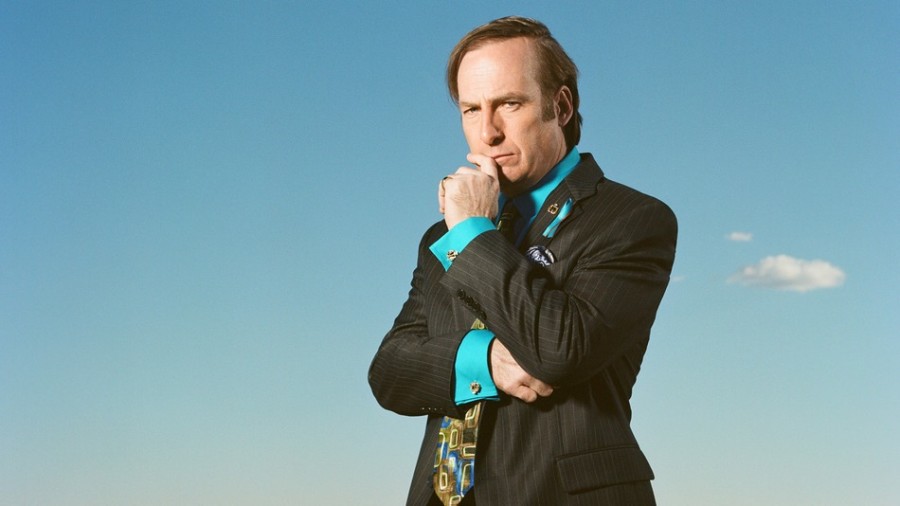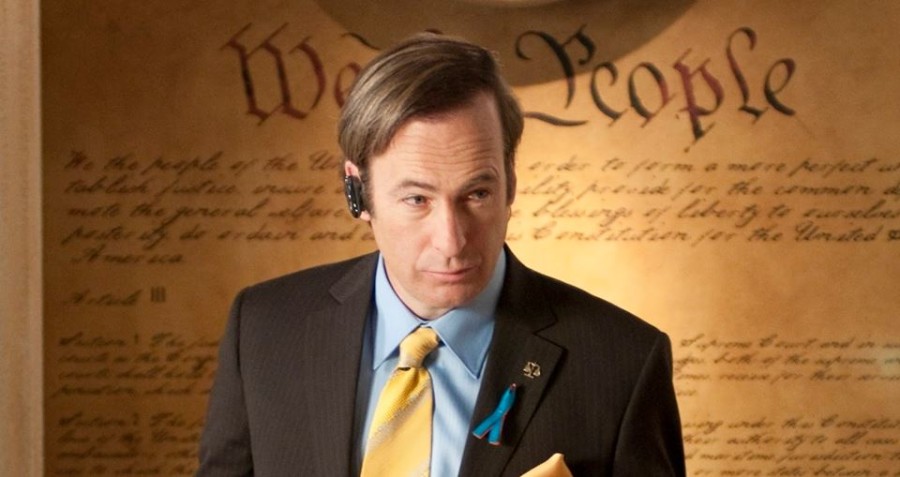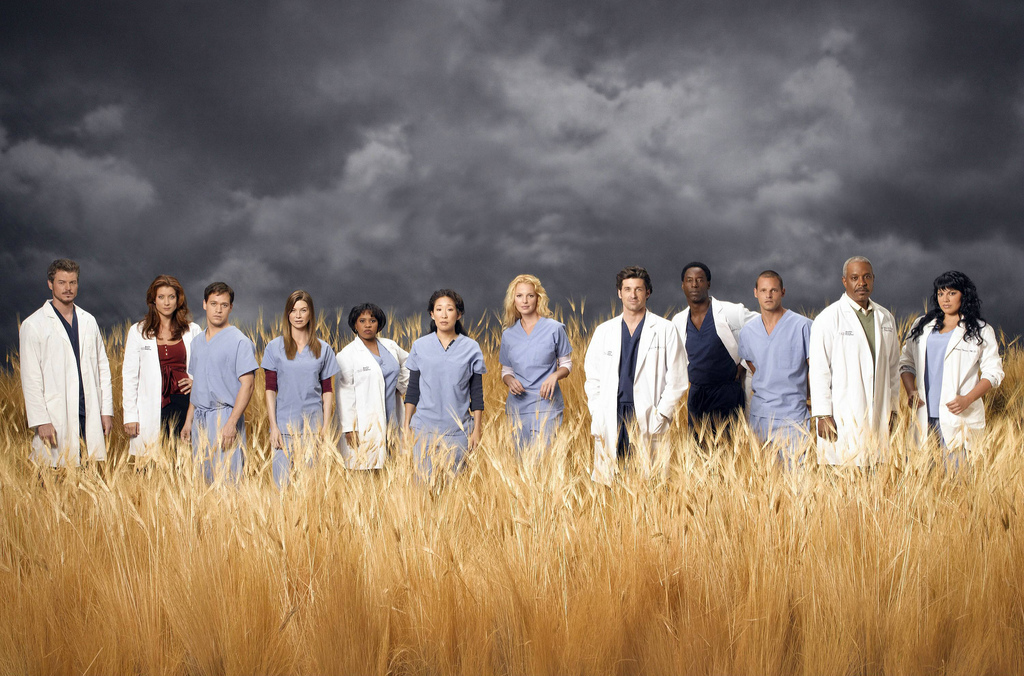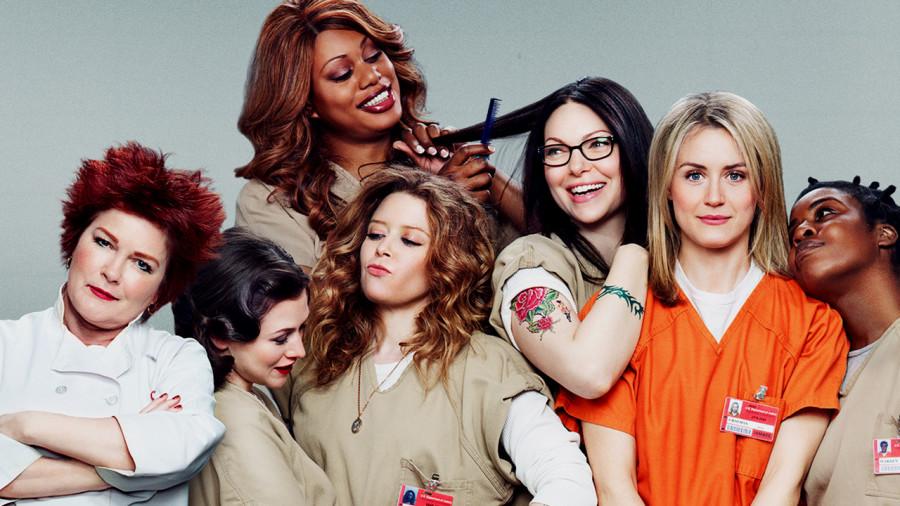As it is with any spin-off, prequel or sequel, comparisons to the original material are inevitable. The newly premiered “Breaking Bad” spin-off, “Better Call Saul,” comes right out of the gate in its first two episodes, both recognizing where it came from, while also beginning to stamp a new name for itself.
Created by Vince Gilligan and Peter Gould, “Better Call Saul” begins about six years before Walter White’s cancer diagnosis and follows Jimmy McGill, a struggling attorney, in his journey to become the man we know as Saul Goodman.
There is a shift in perception that seems to happen with prequels/spinoffs, which could be a pitfall or a blessing because we already know where the character ends up, physically and emotionally. But even if our investment in seeing how Jimmy becomes Saul may be different than it was with Walt becoming Heisenberg, it is certainly nice (is that the right word?) to be in this “world” again, regardless. And yes, the differences are there in more ways than one, but sometimes the connections between Jimmy and Walt are eerie. Just go watch the flashback at the beginning of “Ozymandias” and see the similarities in Walt’s preparation before speaking (i.e. lying) to Skylar on the phone and in Jimmy’s preparation in his car before running the scheme on the Kettlemans.
And that is not where the “Breaking Bad” callbacks stop. Since it shares creators, writers, producers and numerous other alums with “Better Call Saul,” there is a similar feeling and familiarity while watching both shows. The directing and cinematography that was so distinctive of “Breaking Bad” has carried over to “Saul.” For example, in the second episode there is the dichotomy of tight, quick shots of Tuco wielding a knife in the kitchen when we first meet him and then later, in the desert with Jimmy and Tuco’s gang, wide shots pull us back and display the entirety of the scene. Even the base storyline rings similar to Breaking Bad’s particular antihero narrative: Jimmy starts down and out, strapped for cash, and sees a seemingly simple get-out-quick scheme. However, when things don’t go as planned, he gets in over his head and ultimately people get hurt because of his actions.
But where “Saul” sets itself apart and becomes its own show occurs with its concern for its main character. Jimmy is a lighter, funnier character than Walt and the show’s overall tone reflects that. While Saul in “Breaking Bad” acted as a two-dimensional comic relief, we see a character that is much more complex and sympathetic while delving in his past. Even though we are still watching Jimmy go from telling characters in these first two episodes, “I don’t go looking for guilty people to represent” and “I’m a lawyer, not a criminal,” to Saul suggesting murder as a quick solution to Jesse and Walt’s problems, the transition isn’t as drastic as Walt’s. In the midst of all that, we have scenes that are weirdly and darkly funny, like watching Jimmy try to negotiate a fair “sentence” as he would a real judge in court with a psychopath like Tuco.
Because the focus and tone has shifted, we have a new perspective on this antihero story. One thing that is a marked difference in Saul is that, instead of the impetus for Jimmy’s transformation being a need to regain a sense of pride and “manhood” as it seemed was the case with Walt, “Saul” is playing with the idea of the fluidity of justice and how Jimmy’s personal issues reveal his willingness (and ability) to recognize different forms of “justice” and manipulate them. Walt’s weapon was science. Jimmy’s is his way with words and he’s damn good at it. Tuco and the desert setting may be classic “Breaking Bad,” but Jimmy’s ability to talk Tuco down from a “death sentence to six month’s probation” is all “Saul” and it’s enormously entertaining.
After his encounter with Tuco it’s clear that Jimmy has no desire to ever be in a situation like that again. Cue the montage of him buckling back down as a public defender and consuming large quantities of vending machine coffee. But the struggle that Jimmy experiences between his fear and loathing of the situation with Tuco, his own flexible sense of justice and his desire not to let his brother down, creates this incredibly compelling trajectory for the character. What path will hold out and for how long? And at what point do we see the more moral and standup lawyer shown in the montage start to break down and turn into Saul Goodman?
As a show, it’s hard to follow a giant like “Breaking Bad” and not speak to the source material in some ways. “Better Call Saul” does a good job of staying in minimal conversation with its predecessor, as well as beginning to cultivate its own tone, image and character trajectory. While it’s not 100 percent solidified what “Saul” is going to be outside of the “Breaking Bad” shadow, the show is off to a great start.





